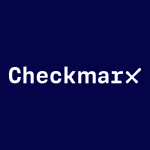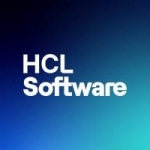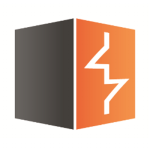This product has helped us improve the quality of code within the business and ensure all new developers keep to a similar code convention per project. This can basically be tracked back to saving the company money, because improved quality of the code means less technical debt which means it's easier to extend or add functionality to the code base. The quicker the development team can roll out changes, the less developer hours needed to implement the changes, which the company needs to convert into profits.
Most features in the product are very useful, but there are some parts that I personally use more than others.
1. Code Convention: Using the tool to implement some sort of coding convention is really useful and ensures that the code is consistent no matter how many contributors.
A very usual addition to this tool is an IntelliJ plugin called SonarLint, which integrates into your IDE, then allows you to run the convention rules file by file and receive immediate feedback when making changes. This removes the need to push to the server before finding out what issues you need to resolve.
2. Technical Debt: Being able to see how much technical debt there is within the project is useful, especially if your change increases this value. It's a good way to determine whether your change is improving the overall code quality or not.
3. Graphing: The tool has some very useful graphs which give you an overall view of how the code looks and/or changes with time. A graph that I find useful is the bubble chart. It shows three different metrics in a 2D graph. It shows the number of lines of code versus the number of issues in that project. The third dimension is the size of the bubble, which is technical debt in the project. So it's very easy to see which projects need immediate attention, if they are in the top-right quadrant of the graph as a very large circle, i.e., high number of issues, high number of lines of code, and high technical debt. Seeing which project/submodule is in which quadrant of the graph shows where work is needed. You can also drill into the project and see any submodules within that project as well. Very useful.
It seems a lot more stable in the current versions of the product. I have never had major issues though, so I would say it's pretty stable.
I haven't yet found any scalability issues, although with the upgrade to version 6, they have moved the processing of the stats from outside the server to inside the server. What I have noticed is that the machines running SonarQube are using a lot more resources, as the processing is done server side. This means that I need to increase the resources allocated to the machine. If I was running this in the cloud, it would be easy, as I would create a larger instance for the service. But as I have this running on a physical machine, I am limited to what I can allocate.
I haven't used their technical support.
Yes, I have used individual components which SonarQube uses, such as FindBugs, but having the static analysis run and reported back within a continuous integration server. This gives you back some of the results, but SonarQube is a single, complete solution for static analysis and has added improvements like a great UI and visualisations.
Initial setup was pretty easy. I currently run this in a virtual Linux (Ubuntu) machine using Vagrant and VirtualBox. Installation using apt-get was pretty simple. I then bundled it all up into a new Vagrant box which means I can spin up a new instance of SonarQube whenever and wherever I am (like a custom AMI on AWS), but locally.
I am using the open source version of the product, so no cost. The licence is standard open source licensing, LGPL, so nothing to advise really.
I didn't. I am not sure if there are any other open source static analysis tools as good as this that I have found; Well at least three or four years ago there weren't.
I would advise to get it done sooner rather than later. The sooner you have a better understanding of the state of your code base, the sooner you can make better business decisions based on that information.
Also, even though you may be a sole developer, I think it's still useful to use this tool and have these metrics at your finger tips. It's like version control, even if you are the only developer, I think it should be used for everything you do.



















Interesting, I haven't used yet however, the review by ServiceLineLead817 is amazing and impressive. Consequently I should give a try and appreciate your positive feedback about SONARQUBE.